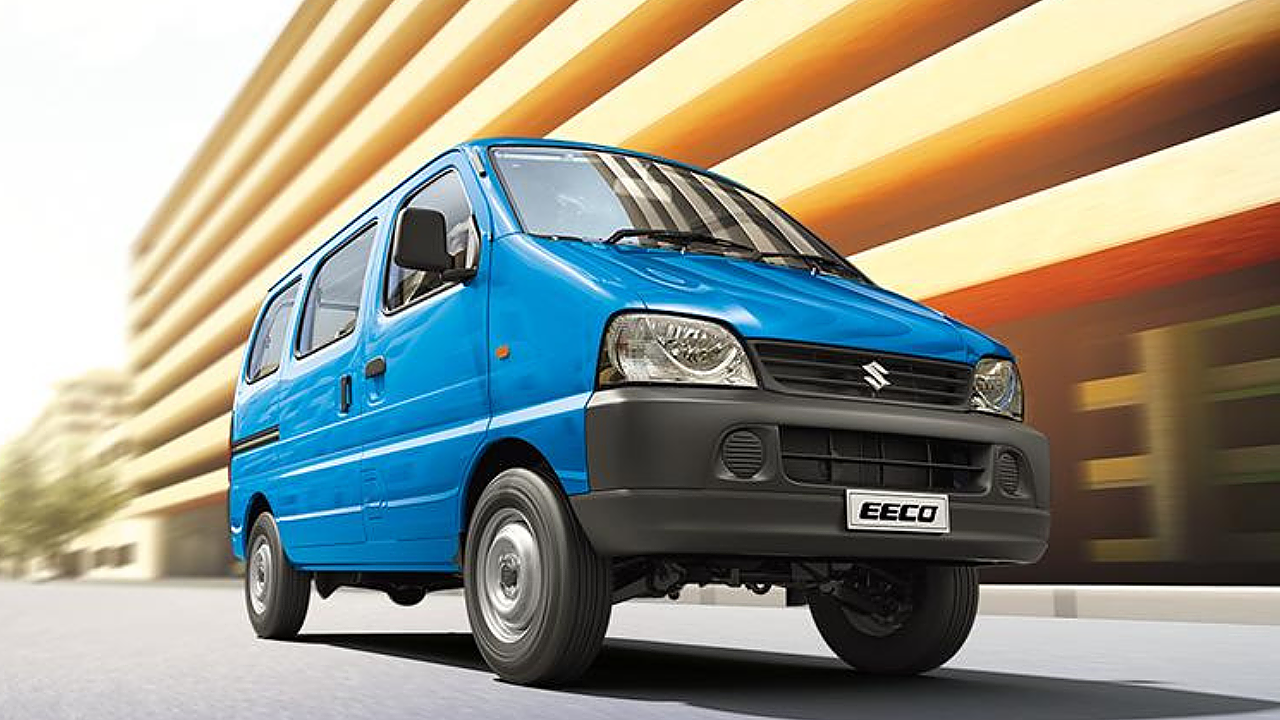
Maruti Suzuki India plans to bring out the next generation of Eeco with edgier design language and new tech features, said Shashank Srivastava, Senior Executive Officer, in a recent interview with Mobility Outlook.
This is because the average age of an Eeco customer has now come down to 36.1 years in 2022 from the earlier 39. The company has also seen a rise in the model’s customer base — below the age of 35 years — with 2022 data indicating that they account for 54%.
In the process, it has led to new demand dynamics which means the manufacturer needs to be in sync with the change. Srivastava said this led to more buying for the Eeco in FY23, not just in urban areas but also rural India. Earlier the top three reasons included price, design and size, he added.
Lone Warrior
The Eeco, which replaced the Versa, was aimed at a more premium market while the Omni was targeted at customers in a segment below the ‘C’ category.
Srivastava explained that when sales of ‘vans’ were 217,000 units in FY14, Maruti clocked 178,000 units of which the Omni accounted for 138,000 units and the Eeco took up the balance 40,000 units. The sales ratio clearly showed that this was a price-sensitive segment.
However by FY19 — which was the last year for the Omni — the Eeco had caught up dramatically with the Omni and actually overtook it. Its sales totalled 91,000 with the Omni at 90,000 units. Since then, the Eeco has been growing from strength to strength. Its sales grew to 115,000 units with Omni customers switching over even as industry volumes in this category continued to fall.
According to Srivastava, the ‘vans’ segment is unlikely to touch the previous peak of 178,000 anytime soon as overall sales have dropped and now account for a minuscule portion (around 3.7%) of overall automobile volumes in the country.
With the exit of the Omni, the Eeco has had to double up as a worthy replacement in a segment where price plays a big role. “We have to ensure optimisation of costs which is a challenge with the new emission norms. We fitted the K 12 engine recently from the G series, which was also more expensive,” he said.
While the Eeco’s costing structure has been going up, the company has chosen to focus on maximising efficiency and not pass on the price hike to customers. “Yes, profitability is slightly lower but we plan to increase cost efficiencies and keep prices at a reasonable level,” said Srivastava.
Sales Trends
Maruti recently announced that the Eeco has sold over 10 lakh units since its launch in 2009. In FY23, about 74% of sales were from the five-seater variant while the seven-seater mode, ambulance, cargo and the Tour V took up 21%, 1%, 2% and 2% respectively.
The five-seater is popular since it can be used for carrying goods and personal travel. Srivastava said the company is seeing more demand from individual customers given that the median household income has increased to INR 54,000 in FY23 from INR 44,000 in FY18. Nearly 37% of them buy the Eeco for personal use while 42% need it for the family and the balance 21% for business.
Electric Plans
With electrification now the mantra, this segment will also follow suit in due course. Srivastava reiterated that vans and smaller cars will see a slower adoption rate compared to SUVs. With brands like Eeco used for diverse applications, the electric transition in this space will be a lot more complex than passenger vehicles, he added.
Also Read
Maruti Eeco Crosses Ten Lakh Sales Mark
Maruti Suzuki Keen On Reducing Battery Costs For EVs